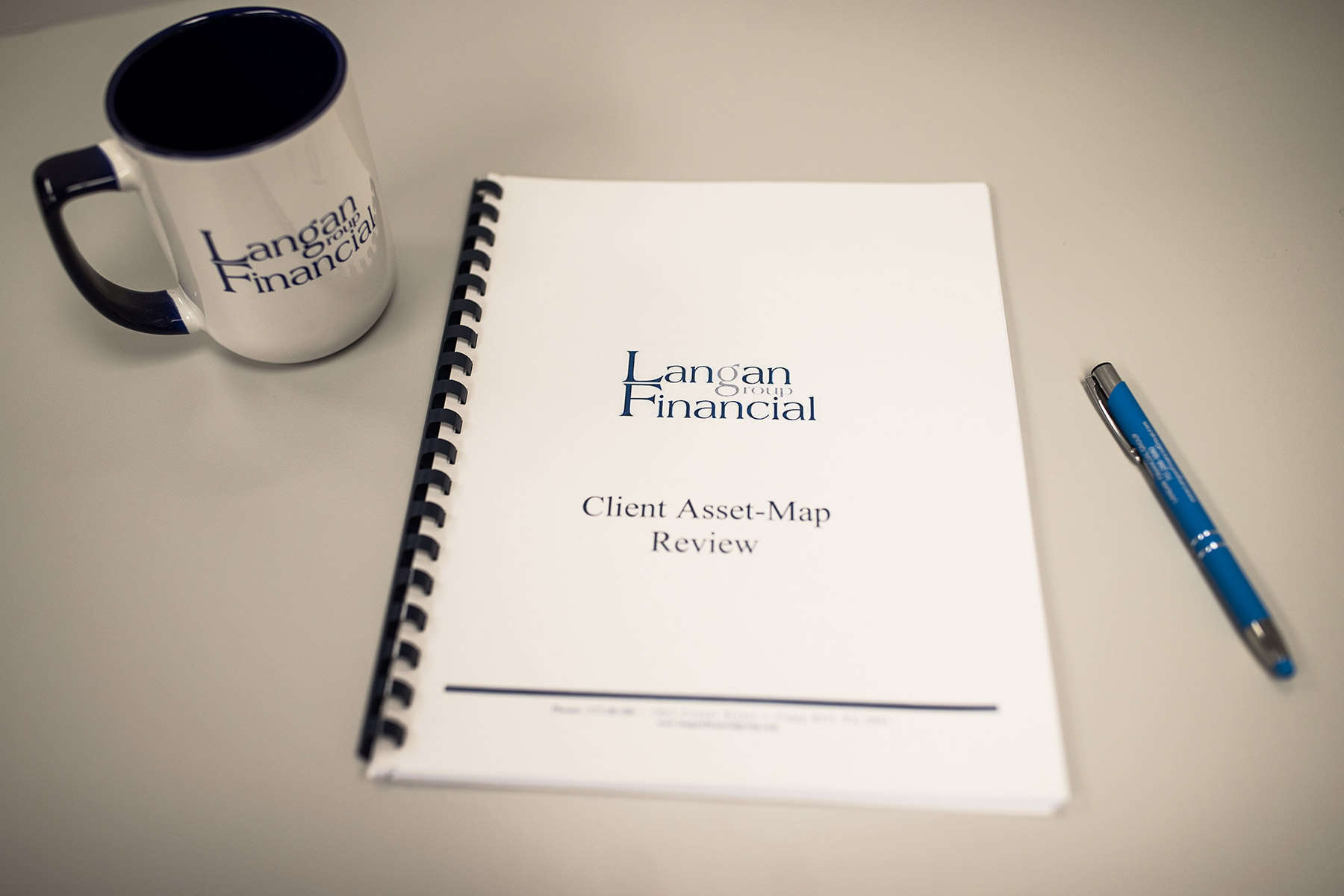TLDR;
- IRA limits increased to $7,000 ($8,000 if 50+).
- 401(k) limits increased to $23,000 ($30,500 if 50+).
- SIMPLE plans raised to $16,000 ($19,500 if 50+).
- Higher income limits for IRA deductions and the Saver’s Credit.
- Great opportunity to boost retirement savings in 2024.
In the ever-evolving financial landscape of retirement savings and tax provisions, 2024 brings promising news for individuals planning for their future.
The annual adjustments due to the cost of living have ushered in increased contribution limits for IRAs and 401(k) plans, offering enhanced opportunities for individuals to bolster their retirement funds.
What are the 2024 IRA Contribution Limits?
Last year marked the first increase in Traditional and Roth IRA contribution limits in four years, and the trend continues upward for 2024. The maximum contribution to these accounts increased to $7,000 from $6,500 in 2023.
For taxpayers aged 50 and older, catch-up contributions remain at $1,000, allowing a total contribution of $8,000.
IRA and Roth IRA Contribution Limits
Year | Under Age 50 | Age 50 & Older |
2023 | $6,500 | $7,500 |
2024 | $7,000 | $8,000 |
However, it is crucial to note that not everyone can take full advantage of these increased limits. Income thresholds play a significant role in determining the maximum contribution.
For instance, single or head of household filers with a MAGI (modified adjusted gross income) below $146,000 can contribute the full $7,000, with gradual reductions for MAGIs between $146,000 and $161,000. Beyond $161,000, contribution eligibility phases out entirely.
Married couples filing jointly face an income phase-out range between $230,000 and $240,000. Those with a MAGI below $230,000 can contribute the full $7,000, but this opportunity diminishes for MAGIs above $240,000. (Note: Traditional IRAs have different income limit rules.)
What are the 2024 Group Retirement Plan Contribution Limits?

Alongside IRA adjustments, 401(k), 403(b), and most 457 plans will see an increase in contribution limits by $500, allowing eligible individuals to contribute up to $23,000 in 2024.
While this increment might seem modest compared to last year’s $2,000 raise, it continues to pave the way for greater retirement savings.
On the other hand, SIMPLE plans witness a more significant shift, with the contribution limit increasing to $16,000 from $15,500 last year.
Catch-up contribution limits, however, remain unchanged for taxpayers aged 50 and above, capped at an additional $7,500 ($30,500 total) for regular employer-sponsored plans and $3,500 for SIMPLE plans.
What are IRA Deduction Phase-Out Thresholds?
For those contributing to a Traditional IRA, the potential for a tax deduction exists, but it phases out based on income. In 2024, these phase-out ranges have widened:
- Single taxpayers covered by a workplace retirement plan face a phase-out range between $77,000 and $87,000.
- Married couples filing jointly see an expanded phase-out range between $123,000 and $143,000 if the contributing spouse is covered by a workplace retirement plan.
- For individuals not covered by a workplace plan but married to someone who is, the phase-out range lies between $230,000 and $240,000.
Notably, married individuals filing separately and covered by a workplace plan maintain a phase-out range of $0 to $10,000, unaffected by cost-of-living adjustments.
Saver’s Credit Income Limits for 2024: Tax Relief for Savvy Savers
The Saver’s Credit offers tax relief for lower to middle-income earners contributing to a retirement plan. Updated income limits for 2024 include:
- $76,500 for married couples filing jointly
- $57,375 for heads of household
- $38,250 for singles and married individuals filing separately
Claiming this credit could significantly reduce your tax burden while maintaining your retirement savings.
What is the 2024 IRS Tax Code Bracket?
Each year, the IRS adjusts over 60 tax provisions to counter “bracket creep,” preventing inflation from nudging individuals into higher tax brackets or reducing the value of tax credits and deductions.
This adjustment, now utilizing the Chained Consumer Price Index (C-CPI) since the Tax Cuts and Jobs Act of 2017, ensures income thresholds, deductions, and credit values align with real economic shifts rather than just inflation.
In 2024, these recalibrations reflect inflation adjustments across the seven federal income tax rates, ranging from 10 to 37 percent. For instance, the top marginal rate of 37 percent will apply to taxable income exceeding $609,350 for single filers and $731,200 for married couples filing jointly.
Understanding these brackets and rates is crucial, ensuring taxpayers grasp how income is taxed and enabling informed financial planning while shielding against inflation’s fiscal impact.
| Tax Rate | For Single Filers | For Married Individuals Filing Joint Returns | For Heads of Households |
| 10% | $0 to $11,600 | $0 to $23,200 | $0 to $16,550 |
| 12% | $11,600 to $47,150 | $23,200 to $94,300 | $16,550 to $63,100 |
| 22% | $47,150 to $100,525 | $94,300 to $201,050 | $63,100 to $100,500 |
| 24% | $100,525 to $191,950 | $201,050 to $383,900 | $100,500 to $191,950 |
| 32% | $191,950 to $243,725 | $383,900 to $487,450 | $191,950 to $243,700 |
| 35% | $243,725 to $609,350 | $487,450 to $731,200 | $243,700 to $609,350 |
| 37% | $609,350 or more | $731,200 or more | $609,350 or more |
Contact Langan Financial Group Today
If you’re looking for financial planners dedicated to customer service and clear communication with their clients – look no further than our team at Langan Financial Group. We’re here to assist and answer any questions you may have about the new 401k rules for 2024. Give us a call today for more information at 717-288-1880
About the Authors

Alexander Langan, J.D, CFBS, currently serves as the Chief Investment Officer at Langan Financial Group. In this role, he manages investment portfolios, acts as a fiduciary for group retirement plans and consults with clients regarding their financial goals, risk tolerance and asset allocation.
With a focus on ERISA Law, Alex graduated cum laude from Widener Commonwealth Law School. He then clerked for the Supreme Court of Pennsylvania and worked in the Legal Office of the Pennsylvania Office of the Budget, where he assisted in directing and advising policy determinations on state and federal tax, administrative law, and contractual issues.
Alex is also passionate about giving back to the community, and has helped establish The Foundation of Enhancing Communities’ Emerging Philanthropist Program, volunteers at his church, and serves as a board member of Samara: The Center of Individual & Family Growth. Outside of work and volunteering, Alex enjoys his time with his wife Sarah and their three children, Rory, Patrick, and Ava.
Reid Ruark currently serves as an Associate Investment Advisor at Langan Financial Group where he assists Alex in managing investment portfolios, prepares client reviews, and helps operate social media platforms. In his free time, Reid enjoys spending time with his wife, playing pickleball and connecting with members of the community.
About Langan Financial Group
Langan Financial Group is an independent financial planning firm near Harrisburg, Pennsylvania. Established in 1985, Langan Financial Group offers a broad range of financial planning services. With an open architecture platform, our advisors have access to a diverse range of products, free from any sales quotas. Our team of financial experts, each with unique specialties, enhances our ability to deliver value to clients.
Disclosures
The information in this material is not intended as tax or legal advice. Please consult legal or tax professionals for specific information regarding your individual situation. The opinions expressed and material provided are for general information.




